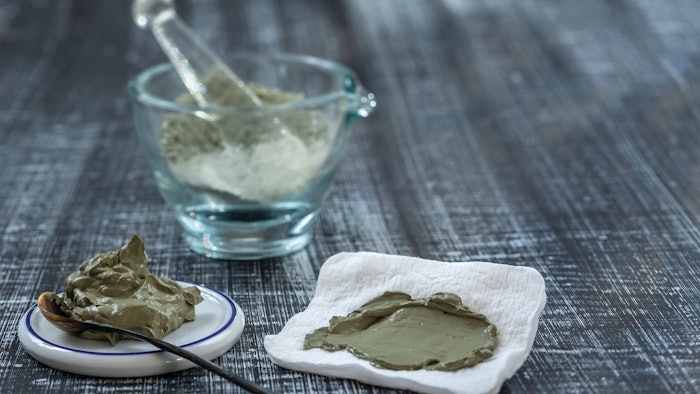
They’re detoxifying, healing and oh-so-soothing, but if you’ve never worked with poultices before, you’re not alone! Poultices are fast-acting, therapeutic treatments that promote circulation, reduce inflammation and encourage deep relaxation. Used for thousands of years, they’ve come a long way and are now growing more popular at spas around the world.
Poultices have been used for centuries in Southeast Asia and India as part of the regions’ Ayurvedic healing systems, as well as in the West as a way to “draw out” inflammation and help fight infections, insect bites and other skin problems. In the 18th century, poultices were considered essential for treating colds, congestion and any type of soreness or pain. A poultice was a popular home remedy for addressing abscesses, as the moist heat would help to draw out the infection and allow the abscess shrink and drain naturally.
Today, poultices are one of the most restorative spa treatments, fitting in perfectly with a variety of body services aimed at delivering pain and stress relief.
Crafting a Poultice
A poultice, also called a cataplasm, is basically a soft and moist—sometimes steaming—bag full of anti-inflammatory herbs, plants, salts, powdered bentonite clays and other substances with healing properties. Oftentimes, and depending on the treatment, rice or sand is also added.
The ingredients vary based on the type of treatment and the location, typically including vegetation and foliage that is readily available, as well as common household products such as milk, salt and even bread. In Ireland in the 1800s, for example, poultices made of chopped up raw onions were placed on the neck to relieve a sore throat, and ones made of shredded raw potatoes were applied directly to burns and scalded skin. Cold oatmeal poultices were also used for burns.
Modern poultices used in spas take their cue from ancient Asian and Indian recipes, with common ingredients including:
- Lemongrass, to stimulate the lymphatic system and eliminate water retention;
- Turmeric, to boost immunity and act as an anti-inflammatory;
- Ginger, for its anti-arthritic, anti-rheumatic and anti-inflammatory properties;
- Camphor, to alleviate muscle cramps and stimulate circulation;
- Epsom salt, for its detoxifying properties.
Other popular ingredients include activated charcoal, baking soda, coconut oil and beneficial spices and herbs.
Traditionally, a poultice bag is made of a natural, unbleached muslin or linen fabric. A square piece of fabric is laid out, and the ingredients are placed in the middle. The four corners of the fabric are brought together, and the rest of the fabric is bunched together and tied tightly with string, almost like a dumpling.
The pouch is then heated in a steamer or soaked in a bowl of hot water, kneaded for a minute to warm and soften the herbs, and then placed on the body to reduce inflammation, ease aches and pains, and detoxify the body. The warmth of the poultice increases blood flow to the area, as well, which is an important facet of the therapy.
Poultices can be used to help improve circulation, calm muscle spasms, relieve joint stiffness, improve mobility and flexibility, support the immune system and tone the skin. The aroma of the ingredients combined with the warmth and soothing motion of the therapy creates a deeply peaceful treatment. Some poultices can even be used directly on wounds and cuts to encourage healing.
Michelle Ebbin (michelleebbin.com) is a renowned touch therapy expert and the author of four books on massage, including the award-winning The Touch Remedy: Hands-On Solutions to De-Stress Your Life (HarperElixer 2016). She appears regularly in the media, including on “The Doctors,” to discuss the benefits of touch therapy.











